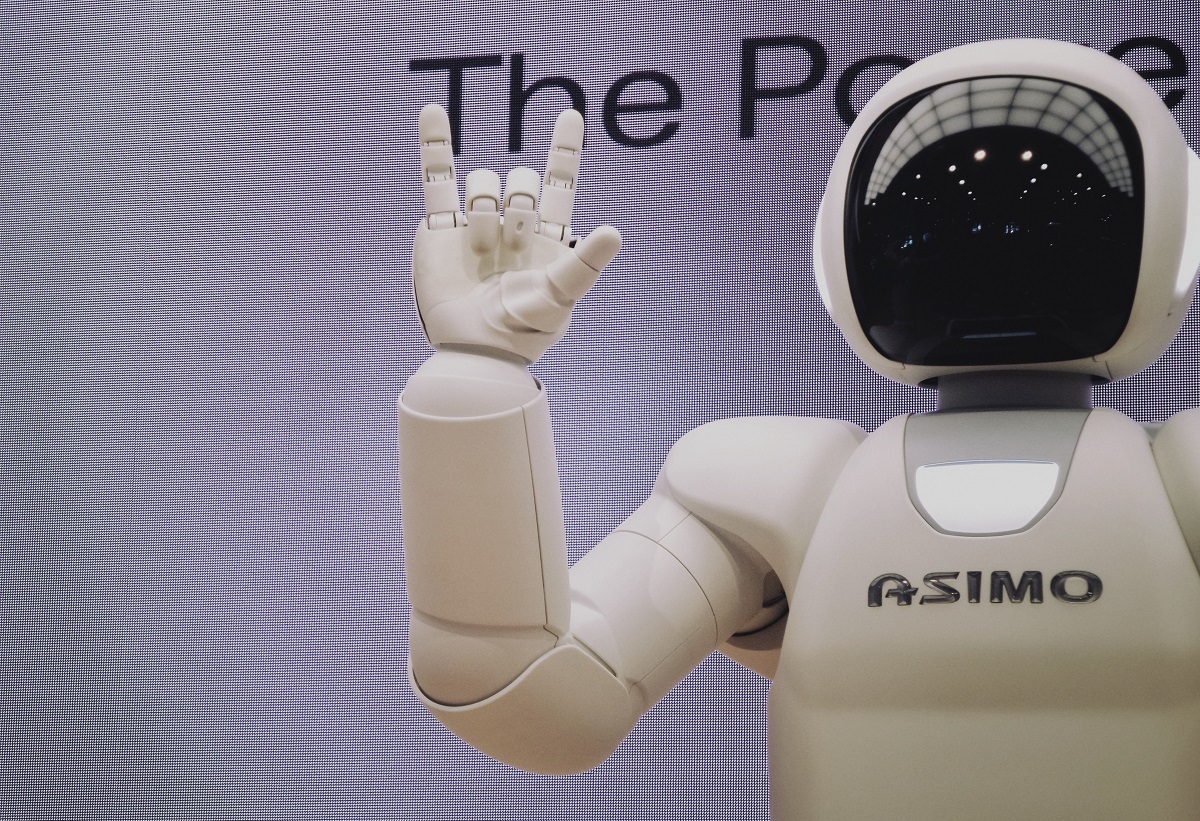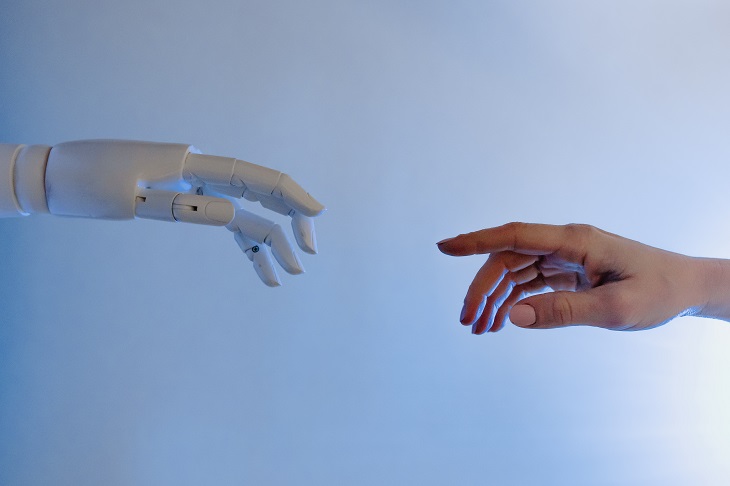How AI Can Boost Web3 Filmmaking Over The Next 5 Years

In 1878, the first ever film marked the beginning of an exciting journey. In 1958, CGI appeared in film for the first time, which opened up even more possibilities for the way stories were told and consumed. Now, we’re seeing Artificial Intelligence (AI) usher us into the next era of filmmaking – arguably the most exciting one yet. Filmmaking as an artistic medium has come a long way with Web3. But AI in Web3 is a whole new game!
AI seems to be all around us right now, and for the last few years, it has been slowly but steadily creeping up. Now, with the popularity of ChatGPT, Midjourney, and those fake AI music covers that seem to be everywhere on TikTok, it has become hard to ignore.
The Rise Of Artificial Intelligence And Web3
Web3 is ushering us into a new era of the internet that gives users more ownership over their data. Artificial intelligence, or AI, on the other hand, uses human learning processes to carry out tasks intelligently. AI has been present in popular culture for a while now, first making an appearance in the 1927 German movie Metropolis, but it didn’t successfully make its way into reality until 1951.
In the last decade, Web3 and AI have been gaining attention, and for good reason. AI adds intelligence and automation to Web3, making it safer and more user-friendly. AI works together with Web3 by using advanced algorithms to assist with decision-making. This helps create new opportunities for growth.
How Is AI Used In Filmmaking?
AI can be used to boost every area of filmmaking. From scriptwriting, to creating music that perfectly complements and elevates the story, to speeding up and easing the entire production process, AI is proving how invaluable a tool it can be in a filmmaker’s toolbox.
1. AI For Scriptwriting
Years ago, if you told someone that one day films would be written and directed by AI, you may have been laughed at – but it’s happening. The Safe Zone, a film written and directed by ChatGPT, is proof. Although the film wasn’t completely scripted using AI, ChatGPT played a large role in the scriptwriting process.
AI can generate entire scripts from scratch or revise existing scripts to fill up plot holes and give more depth to characters. By going through large archives of existing scripts, it finds patterns and trends that can guide a scriptwriter as they create compelling narratives and characters that resonate with audiences.
2. AI For CGI Advancements
Computer-generated imagery, or CGI, created a whole new realm of possibilities for how stories are told and consumed. It is used to create special effects that would otherwise be impossible to make with traditional methods. With the rise of AI, there are even more ways to advance CGI for films.
AI tools like Kaedim can create 3D models from 2D prompts, which can serve as a baseline that artists can mold to their taste. This saves time and effort that would otherwise go into creating these models from scratch.
Wonder Studio is an AI tool that automatically animates, lights, and composes CG characters into a live-action scene. Their aim is to eliminate huge costs that limit creativity in smaller companies with little budget and manpower.
AI algorithms can create realistic CGI elements and simulate physics-based effects. AI also assists in creating complex simulations, such as crowd behaviors. This reduces the time and resources needed for VFX production and offers filmmakers more creative freedom.
3. AI For Marketing
High-level marketing campaigns for films can now be done using AI tools. This saves not only time but money too. By creating targeted ad campaigns and promotions, and assisting marketing teams by analyzing databases, AI can identify the best audience to target to maximize profit.
Additionally, AI can even predict how well a film will perform at the box office. Remember, it doesn’t matter how good a film is if no one watches it. Effective marketing can determine whether a film becomes a massive success or a huge failure.
4. AI For Creating Music
AI learns from a vast musical library to create original scores, evoking emotion and improving the overall cinematic experience. Tools like AIVA are already making this possible. It works even better when combined with human effort.
5. AI For Film Production
AI can be used to make production more efficient and cost-effective. It can assist filmmakers with things like recommending camera angles and lighting setups to bring the intended mood of a scene to life.
AI is becoming increasingly valuable in post-production processes when used for tasks such as color grading and video editing. AI can automate laborious tasks like coordinating colors across different shots and creating transitions that feel natural between scenes. This speeds up and eases the workflow and results in a well-structured film.

Is AI The Future Of Filmmaking?
It’s important to note that while AI can assist in things like the scriptwriting process, the final creative decisions rest with the human writer. AI tools should enhance the creative process, not replace human creativity. Writers can use AI-powered tools to speed up their workflow, save time, and experiment with new ideas.
There are still some reservations about AI-generated art for its “lack of substance,” so it’s difficult to say exactly where AI could be in terms of filmmaking in the next five years. The Safe Zone shows the possibilities that AI can have when used in harmony with human creativity. We may not yet be at the stage of creating blockbuster movies entirely with AI, but this proves how much AI can do now and gives us a peek at how the technology can grow in the next five years.
Featured image by Possessed Photography on Unsplash
Tags: AI, Artificial Intelligence, Film, Film Industry, Filmmaking, Films, Web 3.0, Web3

